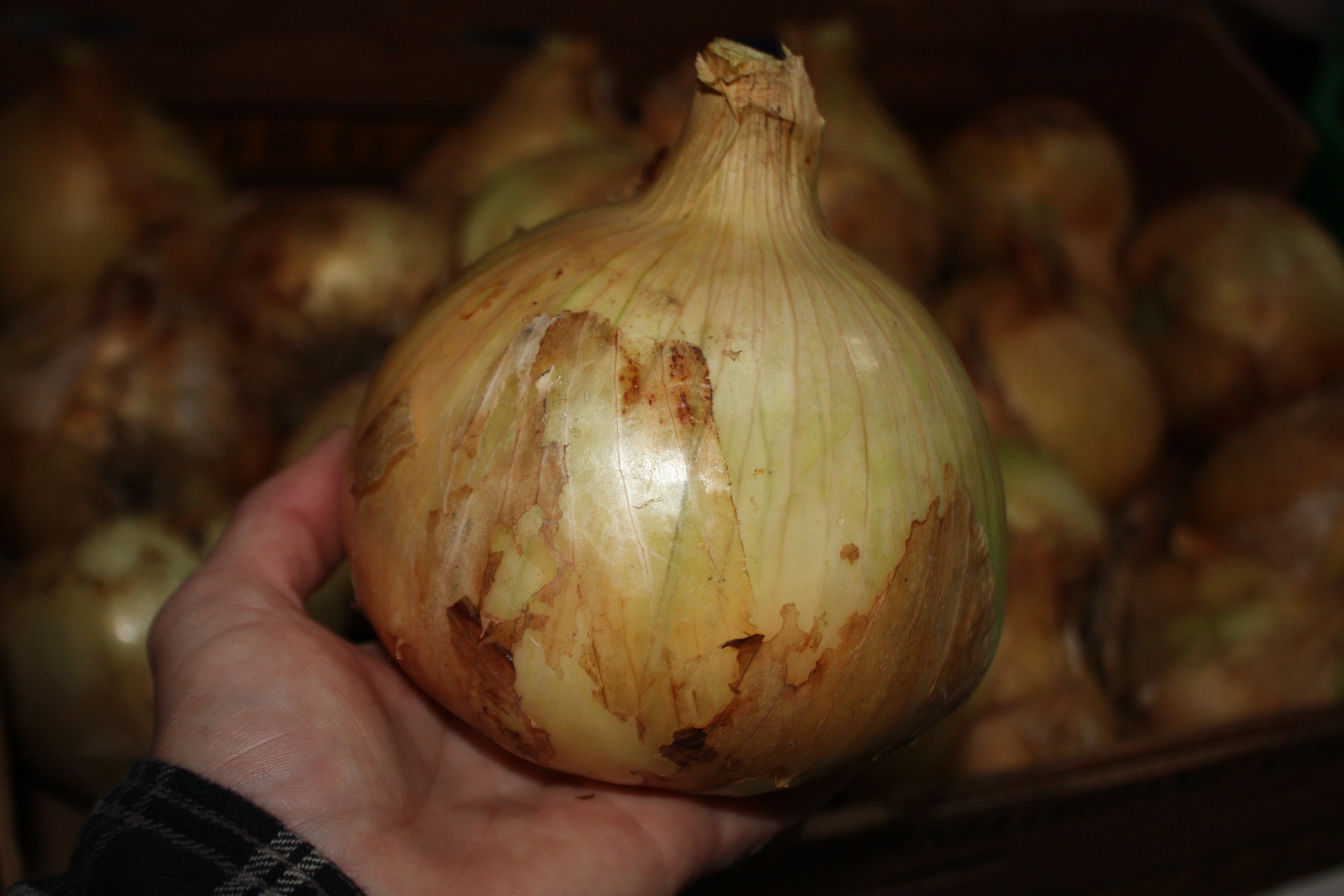Help us grow Galiano’s favourite seeds
Spring is just around the corner and many of you are already thinking about what seeds you’ll be choosing to plant this season. SLOG (Seed Library of Galiano) is hoping you may be interested in helping us grow out some seed varieties from our inventory that are popular and in short supply.
Recently we did a survey of the most commonly borrowed seeds over the past nine years. Here’s what we discovered are Galiano’s all-time favourite seeds;
- Pea, Calvert, known as an edible pod sugar-pea with vigorous growth and 4” pods;
- Chard, Rainbow, leafy green with colourful stocks and veining, highly nutritious and versatile;
- Calendula, Officialis, AKA pot marigold, aromatic, used in herbal products and decoration;
- Camas, Great, native plant to the Pacific NW and of course Galiano, a primary species of the Garry Oak ecosystem. Grown for its bulb for hundreds of years by local Indigenous peoples as an important food source. Now this plant is endangered due to deer over-browsing.
Each seed has a story to tell. We just need to be interested enough to uncover what it is and why the seed needs to be protected.
SLOG is taking on the project of stewarding these particular seeds over the next year, to increase the quality and quantity of seed to make them more available and spread the enjoyment of growing them.
We’d like to find other community members who’d like to be seed stewards, choosing one of these four you’d like to grow, documenting through photos and stories of your adventure with the chosen seed and we’ll support you along the way. At harvest time you’ll get to keep some of the seed you grew and donate a quantity to SLOG. We’ll collect your stories and photos and write some articles for the Active Page.
Interested in being one of our seed stewards?
It involves making a commitment;
-
Caring for the seed
-
Starting it in conditions that promote germination
-
Tending the seedlings includes light water, soil and planting outside when conditions are right.
-
Again, having a good soil mix, depending on the kind of plant, setting up a protected area in your garden some distance from other plants growing of similar types is needed to produce healthy pure seed. We may even have a place for you to grow these plants.
-
Next, is knowing how much sun and water is required for it to flower and produce new seed.
-
And last but not least is learning how to harvest, clean and store the seed.
Maybe this seems like too much work but SLOG is here to help you make this a rewarding venture.
On Saturday, March 22nd, 2025 at 1:30PM we’re holding a “Seedy Saturday” seed starting workshop at the Library with the basic information you’ll need to grow, practical demonstrations and a chance to start and take home your own seeds.
We hope you’ll join us! See Events for more details.
For those of you interested in becoming a SLOG Seed Steward, to help us grow out our four identified seed types, please get in touch!
Email seedlibraryofgaliano@gmail.com or Contact Us and put Seed Steward in the subject line.







 I recently became a director for the Seed Library of Galiano (SLOG). I soon learned how well organized and efficient the library operates, though it became clear to me how important and somewhat difficult it is to keep our seeds from becoming cross-pollinated.
I recently became a director for the Seed Library of Galiano (SLOG). I soon learned how well organized and efficient the library operates, though it became clear to me how important and somewhat difficult it is to keep our seeds from becoming cross-pollinated.
 Seed Library Update:
Seed Library Update:


